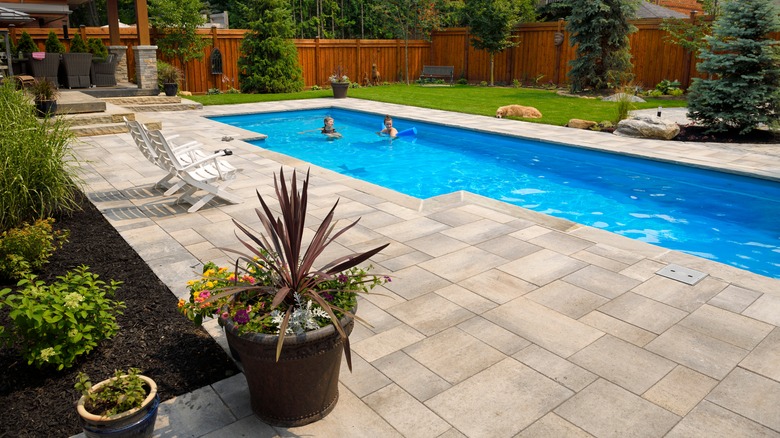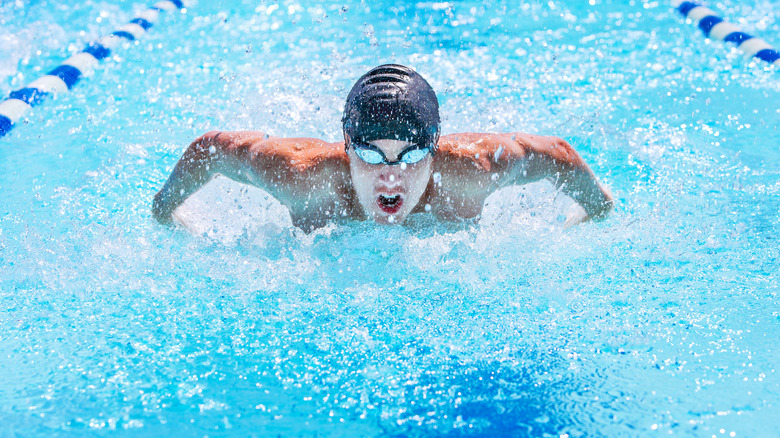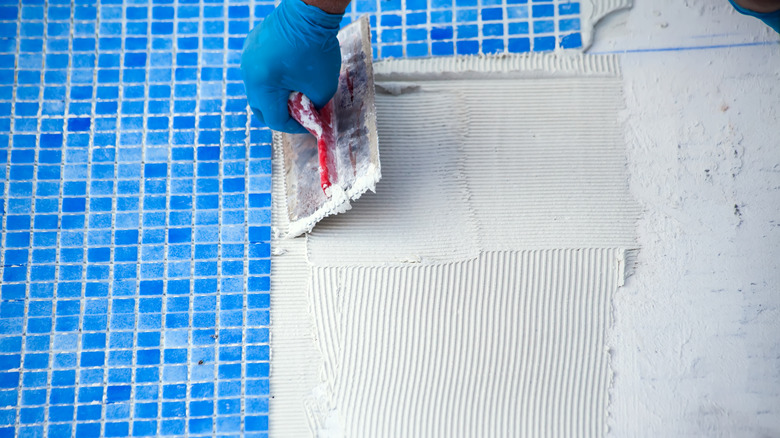What To Consider Before Putting In A Lap Pool
Several factors must be considered when you decide to install a lap pool. From choosing the right type and size to understanding the installation process and maintenance requirements, you want to ensure you make the best decisions for your needs and preferences. In contrast to a traditional pool, a lap pool is specifically designed for swimming laps and exercising. It is typically long, narrow, and rectangular, with dimensions focused on accommodating efficient swimming rather than recreational activities.
Generally speaking, lap pools are space-efficient, designed to accommodate swimming in a smaller area. In an innovative approach, some people cleverly position lap pools alongside their homes, transforming unused spaces into fitness oases. Similarly, if you're struggling to find space in the front or side of your back garden but have a cozy nook at the rear, a lap pool can be ingeniously nestled there, turning that snug corner into an aquatic exercise retreat.
If you're still unsure about the benefits of installing a lap pool, continue reading as we explore the pros and cons in more detail.
Pros and cons of lap pools
If you're a professional swimmer, you'll find lap pools are perfect for training. They also possess a minimalist design, with little to no additional features to obstruct the swimming lane or create hurdles for swimmers. As a bonus, you'll find that lap pools generally require less maintenance than larger, traditional pools due to their smaller size and reduced water volume. In terms of longevity, in-ground lap pools are as durable as other in-ground pools, with their lifespan largely dependent on the quality of materials used in construction. For instance, vinyl pools last up to 30 years, while concrete pools can last around 25 years. This showcases the durability of pools when built with high-quality materials.
However, lap pools have some drawbacks. Since they are primarily designed for swimming laps, they typically maintain a consistent depth across their entire length. This design ensures that swimmers can practice their strokes without any interruptions or obstructions. As a result, lap pools generally provide few, if any, options for incorporating features like steps, sitting areas, or other decorative elements. They also don't provide the same recreational opportunities as traditional pools. It'll be harder to lounge, play, or host pool parties in a lap pool. Additionally, installing a lap pool isn't that much different in price from a typical swimming pool, as they are usually longer.
Lap pool installation
First, you need to determine the type of pool that suits your space, budget, and preferences. Options include in-ground, above-ground, modular, inflatable, or endless pools. Your contractor may suggest one of a variety of materials, including concrete, vinyl, or acrylic. Next, you'll need to choose the appropriate size for your lap pool. Typically, lap pools are 45 to 75 feet long. A standard lap pool usually measures around 2.5 meters in width. Still, it can be anything from 1.5 to 4 meters, which provides enough space for comfortable swimming and accommodates one or multiple lanes, depending on the design. Depth can vary depending on the intended use and personal preferences. Lap pools generally have a consistent depth of 1.2 meters, which is enough for swimmers to maintain proper technique. It also offers a comfortable depth for most adults to stand in the water between laps.
Your contractor can help you develop the pool layout and ensure it conforms with all applicable zoning laws and permits. They can also help prepare the location for an above-ground pool or excavate the space for an in-ground pool. To maintain the pool's stability and security, sufficient ground preparation, such as leveling and compacting, is essential. The installation also entails setting up the required filtration, electrical, and plumbing systems.


